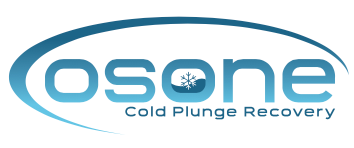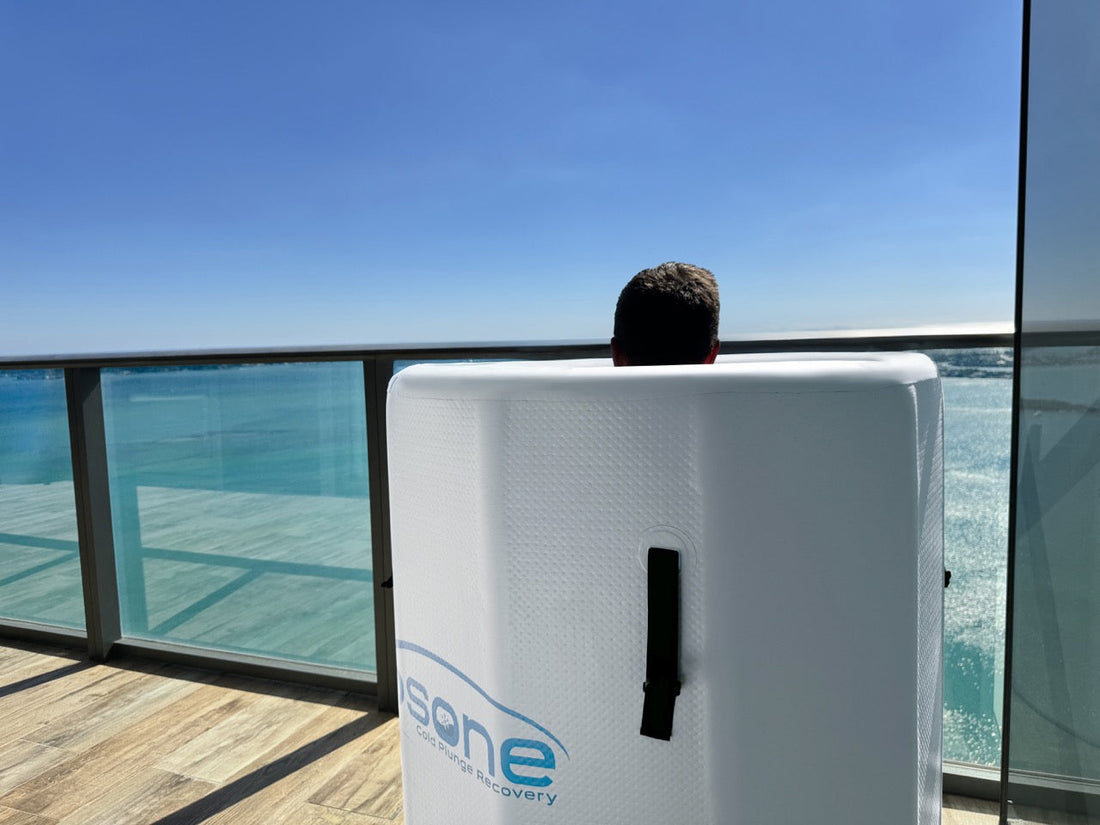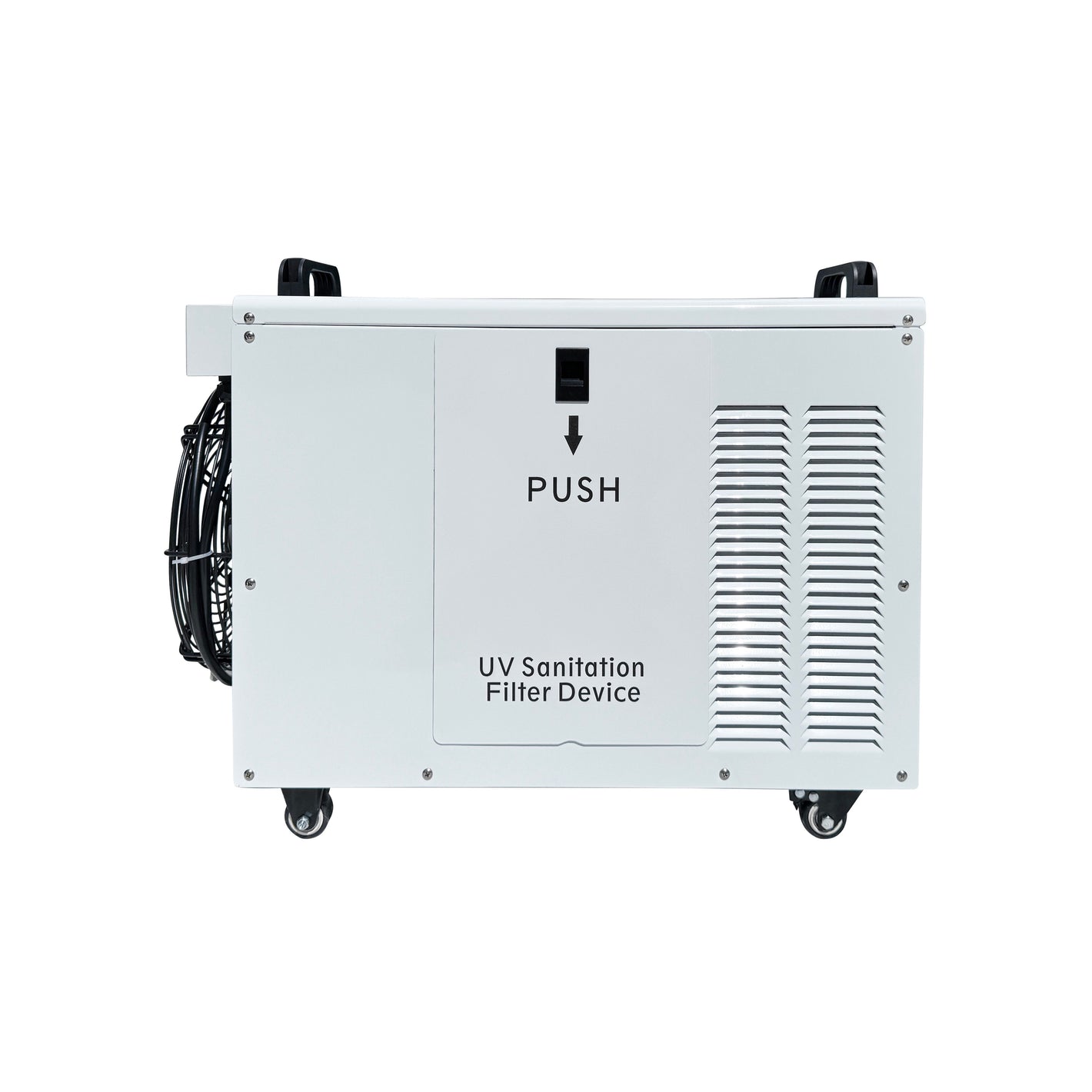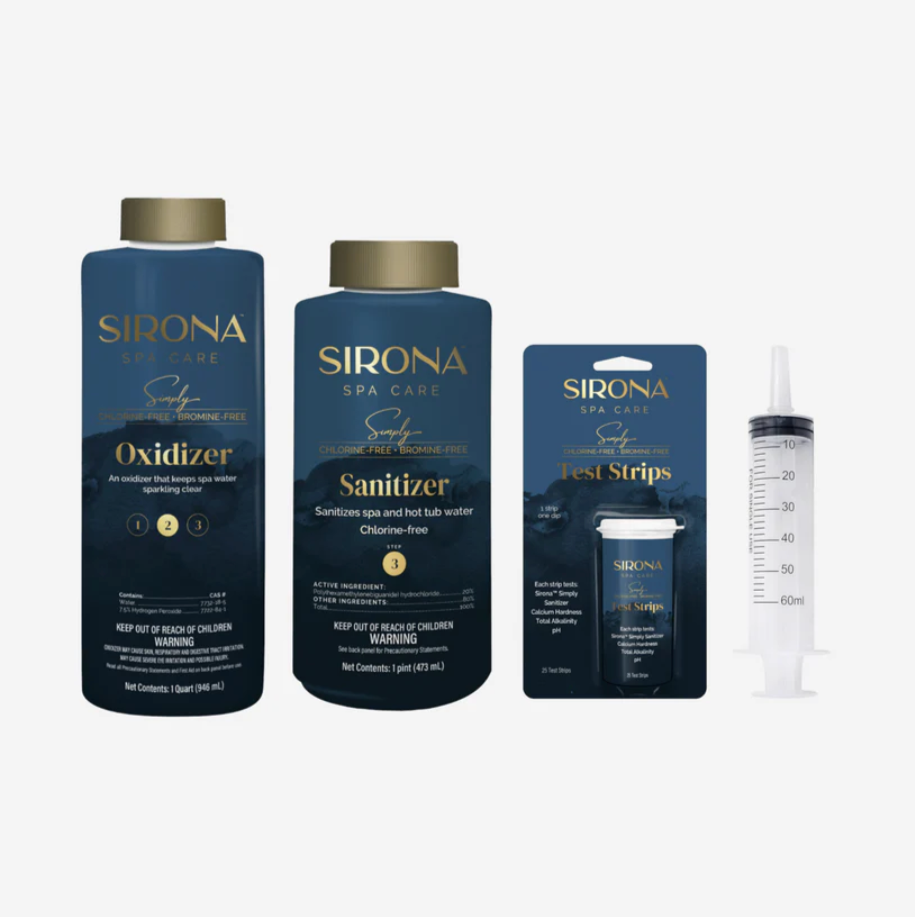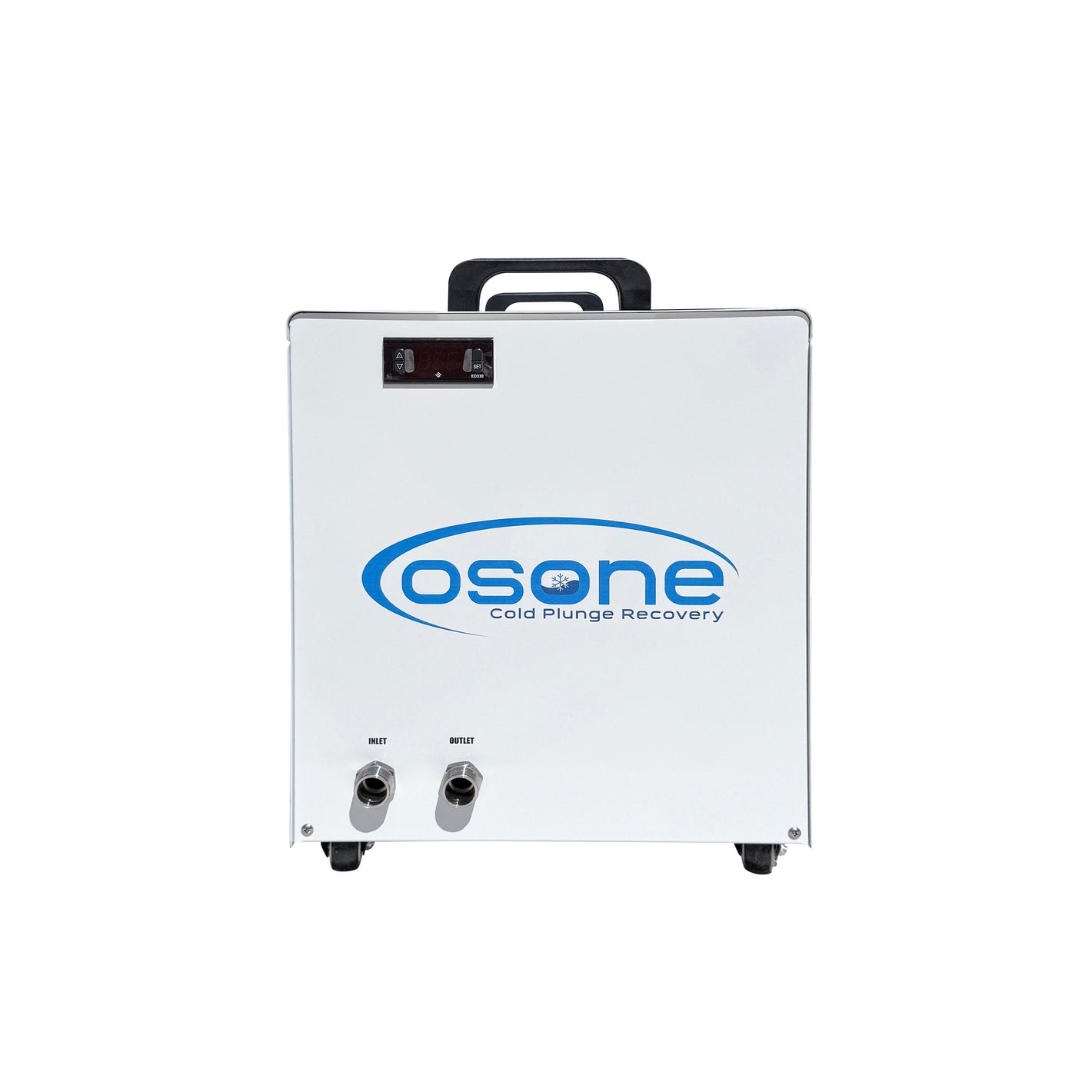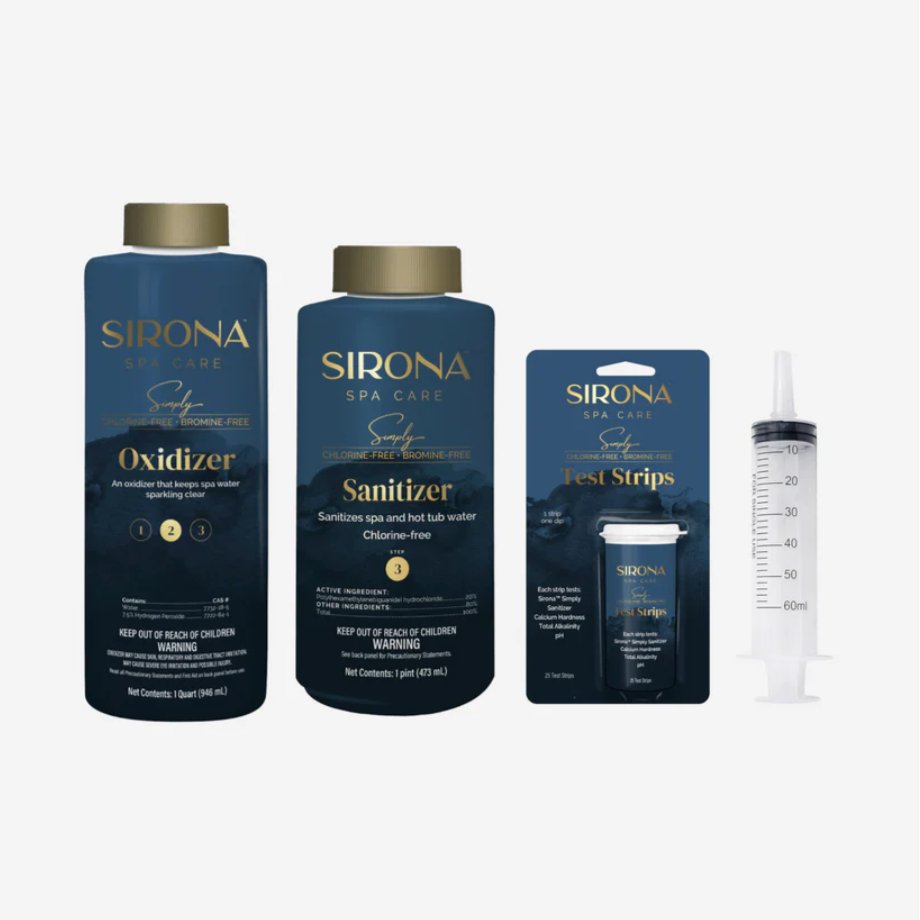Cold plunging has become a wellness trend celebrated for its physical and mental health benefits. As the practice grows, so does the need for maintaining clean and safe water. Among the many methods available, Ozone and UV sterilization stand out for their effectiveness and eco-friendly nature. However, choosing between these methods requires careful consideration, especially when the cold plunge is in a poorly ventilated area (like a basement or room without windows).
We explore why Ozone can be dangerous in such spaces, why UV light is often a safer alternative and how to make informed decisions for water sanitation in your cold plunge setup.
Understanding Ozone and UV Light Sterilization
What Is Ozone?
Ozone (O₃) is a gas composed of three oxygen atoms. It is a powerful oxidizing agent commonly used for water purification. Ozone works by reacting with organic matter, bacteria, viruses, and other contaminants, breaking them down and effectively sanitizing the water.
Ozone is generated using ozone generators, which typically pull in oxygen (O₂) and expose it to an electrical charge, converting it into O₃. While Ozone is highly effective as a disinfectant, it comes with specific risks when used in enclosed spaces.
What Is UV Sterilization?
Ultraviolet (UV) light is a type of electromagnetic radiation that falls outside the visible spectrum. For water sanitation, UV-C light (the most germicidal range of UV light) is used to inactivate bacteria, viruses, and other microorganisms. UV sterilizers work by passing water through a chamber exposed to UV-C light, which damages the DNA of pathogens, rendering them unable to reproduce or cause harm. Unlike ozone, UV light does not introduce chemicals or gases into the water or air, making it a non-invasive option for cold plunge sanitation.
Why Is Ozone Dangerous in Poorly Ventilated Areas?
Toxicity to Humans
Ozone is a respiratory irritant. At high concentrations, it can cause:
- Shortness of breath
- Chest pain
- Coughing and throat irritation
- Aggravation of asthma or other lung conditions
Even low levels of Ozone exposure can lead to discomfort and health concerns, especially for individuals with respiratory issues.
Buildup in Enclosed Spaces
In a poorly ventilated area like basements or rooms without windows, ozone can accumulate, as there is limited airflow to disperse the gas. This creates a hazardous environment for anyone spending time in the area. The concentration of ozone may exceed safe levels, as recommended by agencies like the Occupational Safety and Health Administration (OSHA) or the Environmental Protection Agency (EPA).
Potential for Off-Gassing
Ozone generators can produce residual ozone that lingers in the air. Additionally, ozone reacts with certain materials (e.g., rubber, plastics, and furniture), leading to off-gassing of harmful byproducts such as formaldehyde or ultrafine particulate matter.
Limited Control Over Emissions
While ozone can sanitize water effectively, controlling the exact amount of ozone released into the air is challenging. Even a small miscalculation or malfunction in the generator can lead to excessive ozone levels, posing a health risk.
Effects on Equipment
Ozone’s oxidative properties can corrode certain materials, such as metal components in cold plunge equipment. This not only shortens the lifespan of the equipment but may also introduce unintended contaminants into the water.
Why UV Is Safer in Poorly Ventilated Areas
No Chemical Emissions
Unlike ozone, UV does not release any gases or chemicals into the air. It works by exposing the water directly to UV-C light within a sealed chamber, ensuring no impact on the surrounding environment.
Targeted Disinfection
UV sterilization targets only the microorganisms in the water, leaving the air and other elements in the environment unaffected. This makes it an excellent choice for enclosed or poorly ventilated spaces where air quality must be preserved.
Safety for Humans
When used correctly, UV sterilizers pose no direct health risks. Modern UV systems are designed with safety features, such as enclosed chambers, to prevent accidental exposure to UV light, which can harm skin and eyes.
No Residual Byproducts
UV sterilization does not produce harmful byproducts like ozone or chemical residues. This ensures the water remains pure and safe for immersion, and there are no lingering effects in the surrounding area.
Minimal Maintenance and Environmental Impact
UV sterilizers are low-maintenance and energy-efficient. They require periodic replacement of the UV lamp, but otherwise have a minimal environmental footprint. This aligns with the goals of eco-conscious cold plunging enthusiasts.
Comparison of Ozone and UV Light for Cold Plunging
| Feature | Ozone | UV Light |
|---|---|---|
| Effectiveness | Kills a wide range of pathogens | Inactivates bacteria and viruses |
| Air Impact | Produces ozone gas, which can linger | No impact on air quality |
| Byproducts | Can form harmful byproducts | No residual byproducts |
| Safety in Enclosed Spaces | Dangerous without ventilation | Safe when installed properly |
| Equipment Durability | Can corrode certain materials | Gentle on equipment |
| Maintenance | Requires careful monitoring | Low-maintenance |
| Eco-Friendliness | Natural, but potentially harmful | Environmentally safe |
When deciding between Ozone and UV for water sanitation in a basement or poorly ventilated area, UV is the safer and more practical choice. Ozone’s potential health hazards and environmental impact make it unsuitable for enclosed spaces, while UV sterilization offers a clean, efficient, and chemical-free alternative.
By prioritizing safety and maintaining proper hygiene, you can ensure your cold plunge experience remains rejuvenating and risk-free. Always consult with manufacturers or water treatment professionals to choose the best system for your specific needs.
